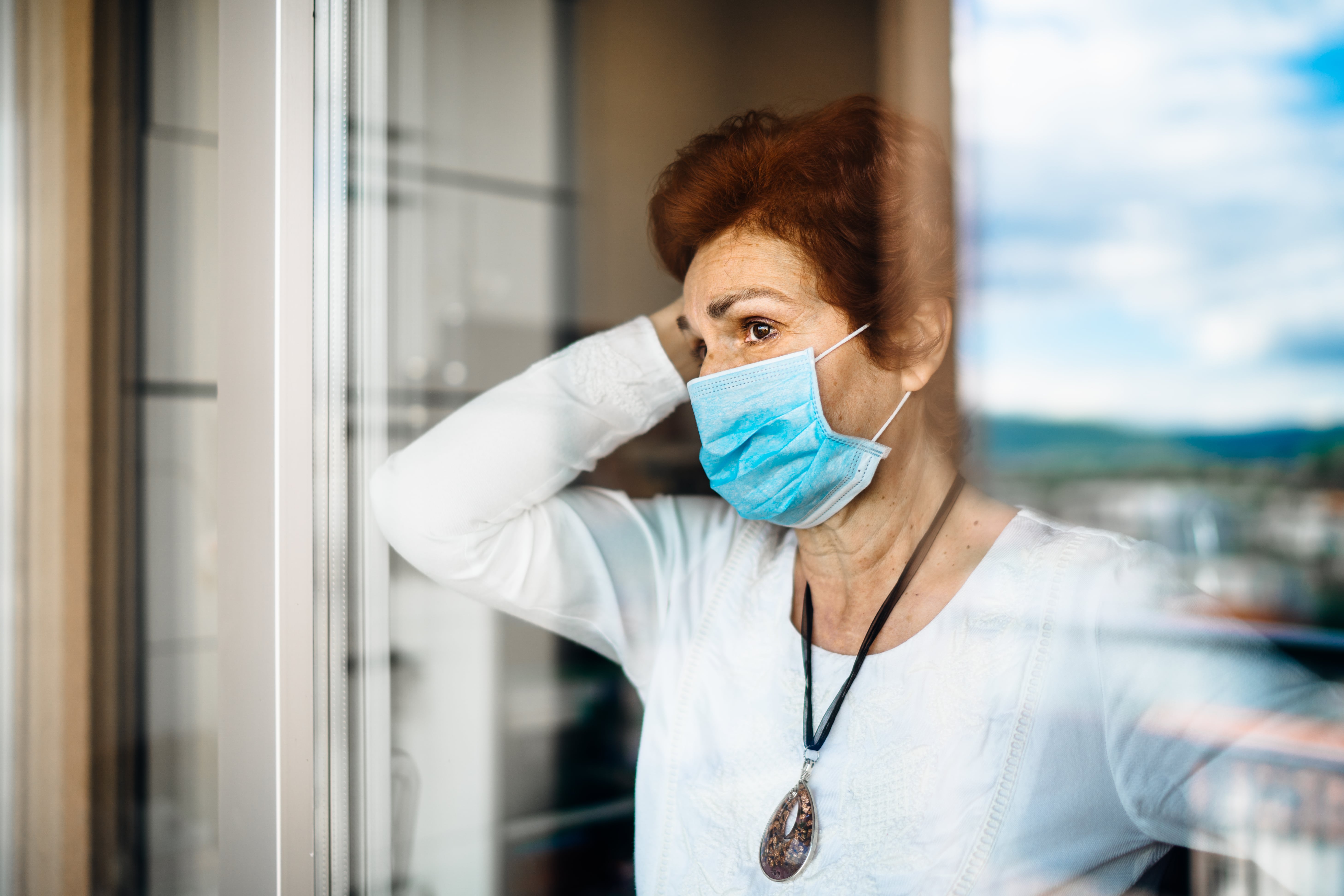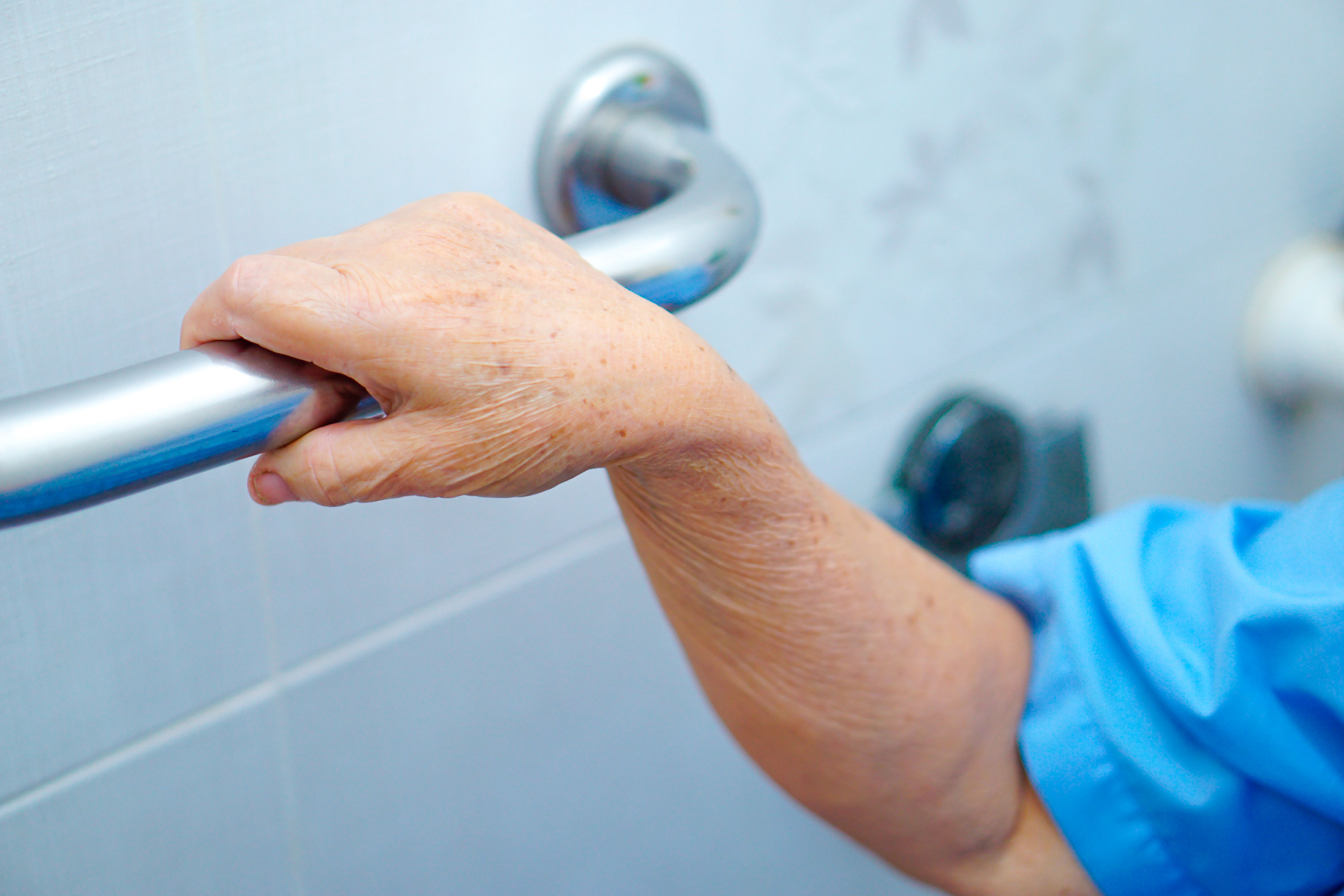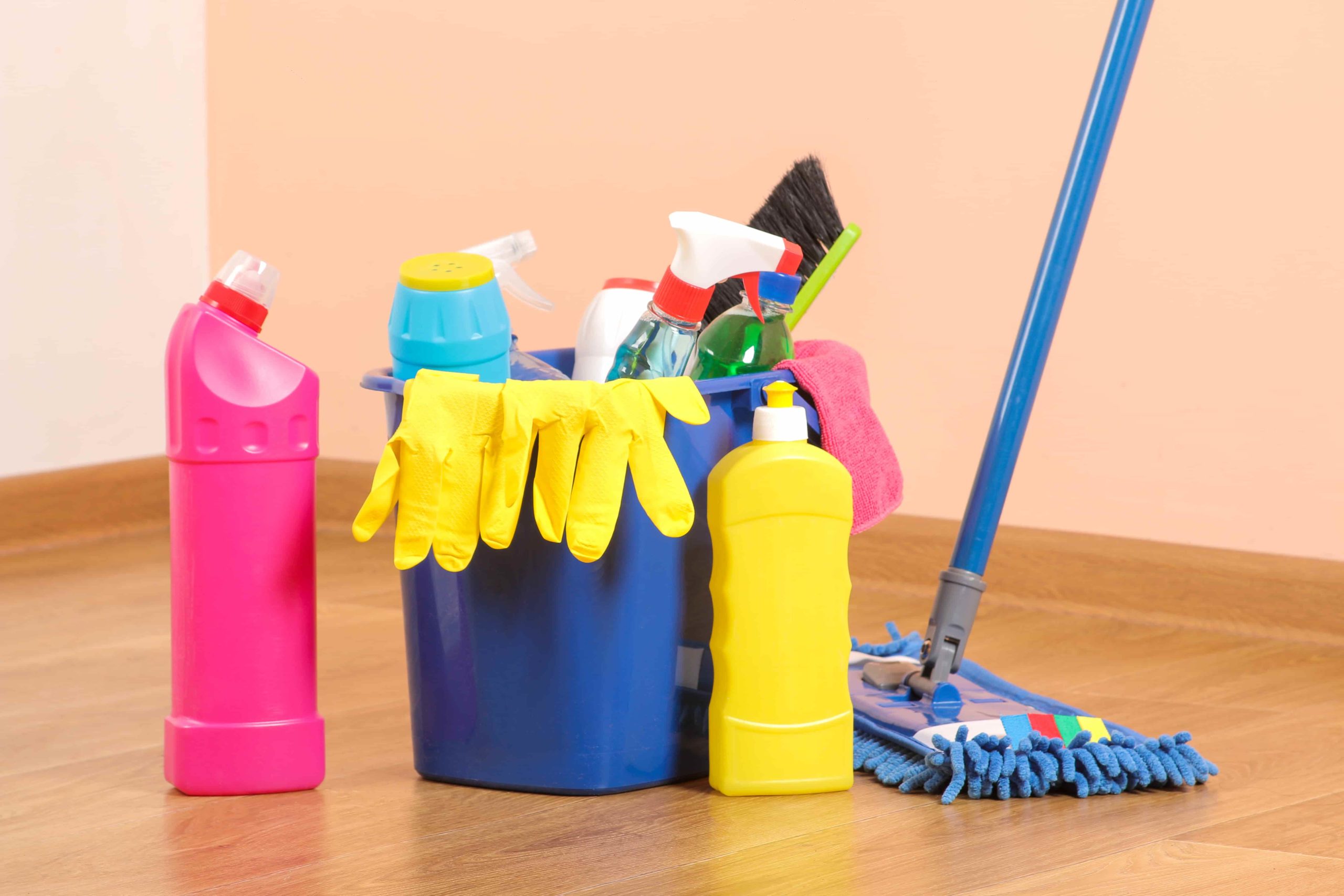Resources
Mobile Resource Library Tabs
Filters
Search
Categories Navigation
Asset Publisher
Content with Topic Family Caregiving .
Resources

How to Find Respite as a Caregiver During COVID-19
Carving out time in our day dedicated to ourselves with no outside distractions is challenging enough during the best of times. But during the COVID-19 pandemic, many of these distractions are coming from inside—and with ‘inside’ being the safest location to be, it may feel next to impossible to get away from them. Those who are sandwich generation caregivers may be juggling work tasks with 24/7 parenting and managing the care of an older loved one, leaving no moments of the day set aside for personal time and self-care. For others, loved ones may need more frequent support if their adult day programming or senior center activities are still canceled or reduced. Or, many of us may simply be struggling to find avenues of self-care and respite when the relaxing activities we previously enjoyed—going to the spa, scheduling a vacation—may not be as simple as they once were.
Read MoreBy Julie Hayes | 09/14/2020

Transitioning Away from Working—and Caregiving—at Home During COVID-19
While the pandemic has been challenging for many people, those who are already stretched thin have been pulled even more so. Just when we think we have mastered the juggling and multi-tasking, school in some form has begun again, employers are talking about transitioning back to on-site work environments, and we may not be able to help the older loved one we care for navigate their own time staying at home during the pandemic in the same way.
Read MoreBy Lisa Weitzman | 09/14/2020

Bathroom Safety for a Loved One with Late Stage Dementia
These days, about 80 percent of people with Alzheimer’s disease and related dementias (ADRD) stay in their own homes with the support of family and friend caregivers rather than move to long-term care facilities. While aging in place can provide a loved one with a familiar, comforting space, it can also lead to challenges related to the safety of the home environment. Things around the house like stairwells, area rugs, medicine cabinets and knife blocks that were once a normal part of a loved one’s living space may now present new dangers with ADRD.
Read More09/14/2020

Helping an Older Loved One with Housekeeping
As caregivers, we may need to step up and lend a hand with keeping the household tidy, especially if clutter becomes a tripping hazard or important areas of the house such as the kitchen or bathroom are becoming unsanitary. However, we should also be sure to empower a loved one to continue doing the household tasks they are still capable of doing by trying different strategies that allow them to stay both safe and independent.
Read More09/14/2020

“I’m Not There Yet” or “I’m Not There, Yet”: The Comma Makes a Difference
How do we respond when someone talks with us about services for older loved ones? Are we receptive, or do we run away? Are we prepared for the reality that we are all getting “there” – to that point where we may need to provide care for an older loved one – or are we still struggling to admit that a loved one is showing signs of aging? And if we are not “there” or cannot envision ever being “there,” what is it that’s getting in the way?
Read MoreBy Lisa Weitzman | 09/03/2020
